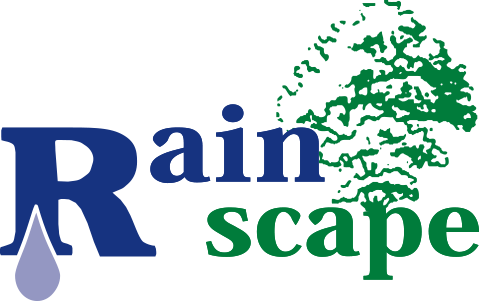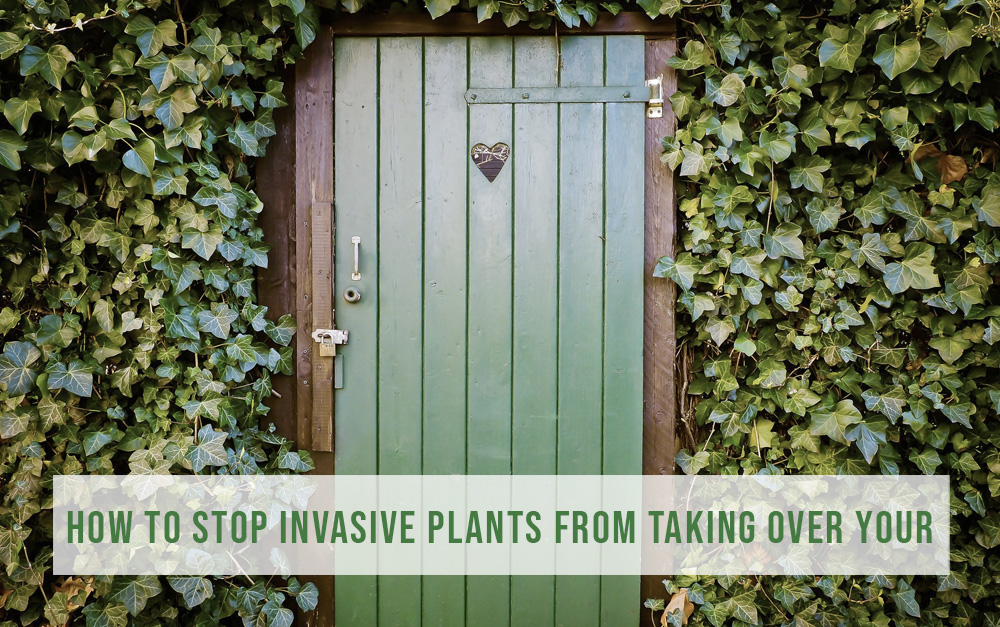That mysterious plant with the small pretty flowers that appeared out of nowhere might have the potential to destroy your garden, farm or orchard before you know it. Identifying and controlling invasive species before they take hold is essential, especially after the rainy season we’ve just had. There’s a lot of ways they can get into your garden, from stowing away in new plant purchases to seeds stuck on a bottom of someone’s shoe to sneaking over from your neighbors’ property. But they all share something in common – they need to go!
Invasive plants spread quickly, choke out other plant growth around them, and can do a lot of damage to both residential and commercial properties in a shockingly short amount of time. In addition, invasive plants can also threaten animal populations by destroying their habitat and food sources. Identifying early and removing or controlling them is an essential part of maintaining a healthy landscape for your home, farm, ranch, orchard, or commercial property. We’ve listed here a few common invasive species found in the Central Valley area, along with safe alternatives you can plant for the same effect. When in doubt, choose to plant native species instead of exotic ones. If you grow plants native to your region, it helps stop the spread of invasive species and protects natures symbiotic relationships between local plants, insects, birds and other animals that have evolved over time.
Ground Cover
Invasive: English Ivy (hedera helix) and Periwinkle (vinca major). Both are aggressive growers with trailing stems that put out roots wherever they touch soil, giving them the ability to spread rapidly and choke out native plants.
Safe: Star Jasmine, an evergreen vine with glossy deep greed leaves and sweet-smelling small white flowers. Coast purple sage, part of the salvia family, has pretty purple flowers in spring and summer.
Ornamental Grasses
Invasive: Pampasgrass seeds can spread for miles in the wind, grow to massive size, and are a fire hazard. Similarly-sized Giant Reed grass grows near water, clogging waterways and drains, harms fish and other wildlife and is also a fire hazard. Fountain Grass, (the crimson, purple and tender varieties), is one of the fastest spreading invasive plants in California. Seeds can spread very easily, it chokes out other plant growth, eventually overtaking entire ecosystems, and harms native wildlife by killing out food sources.
Safe: Deer grass, ornamental sedge, New Zealand flax, Giant Wild Rye, and Lindheimer’s muhly grass provide large, showy foliage that work well in sandy soil and drought conditions. Lavender looks and smells great and loves the Central Valley climate.
Shrubs
Invasive: Scarlet and Chinese wisteria have been found spreading along riversides in Central California and the Delta region, choking out native vegetation and killing fish. Most “Broom” varieties are also causing a serious problem, with the California Invasive Plant Council saying that broom species have already invaded more than 1 million acres in the state, creating dense thickets that destroy native plant and animal communities and dramatically increase wildfire hazards.
Safe: Forsythia shrubs have dramatic yellow flowers in the spring. Toyon is a native evergreen shrub with white flowers and large clusters of bright red berries that birds love – and it’s fire resistant! Jerusalem sage is another easy to find native shrub that thrives in drought conditions and has pretty yellow flowers.
Trees
Invasive: The Brazilian, Peruvian, and California pepper tree, Christmas-berry tree, and Florida holly spread aggressively, form dense thickets that choke everything else out and destroy wildland areas easily. Other trees that are invasive include Chinese sumac, Russian olive, “Blue gum” trees, black locust, and hawthorn.
Safe: Central Valley-safe trees including the popular Valley Oak, Eucalyptus nicholii, Crape Myrtle and so many more have all been declared good choices for home or commercial planting. Our landscape professionals at Rainscape Co. in Visalia can help you identify the best options to fit your landscape and the area you live in.
The UC California Garden Website and the California Invasive Plant Council website has photos of the plants we’ve listed here to help you identify them, and more information for other plants both invasive and safe for areas throughout our state. Access the website by clicking HERE or consult with a Rainscape landscaping professional for advice on removing or repairing damage from invasive plant growth in your lawn or garden.

